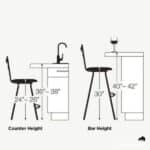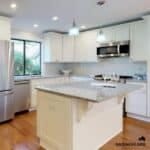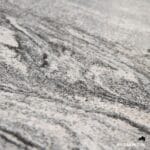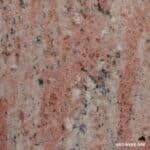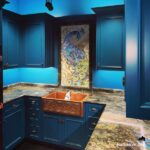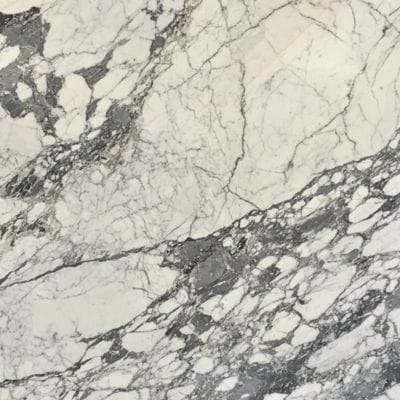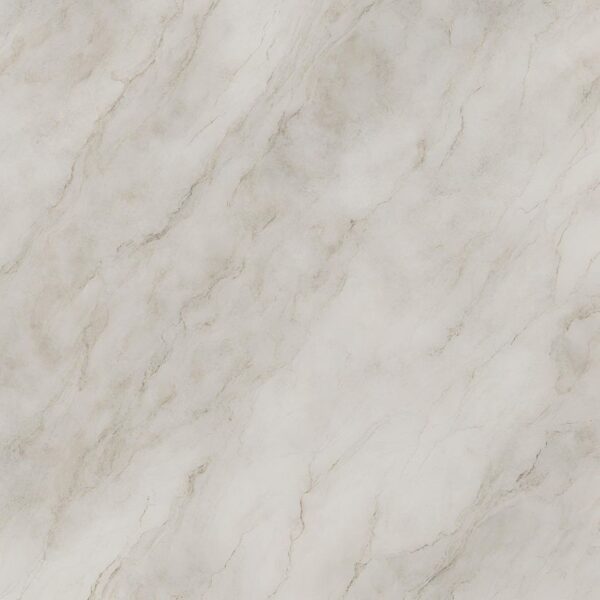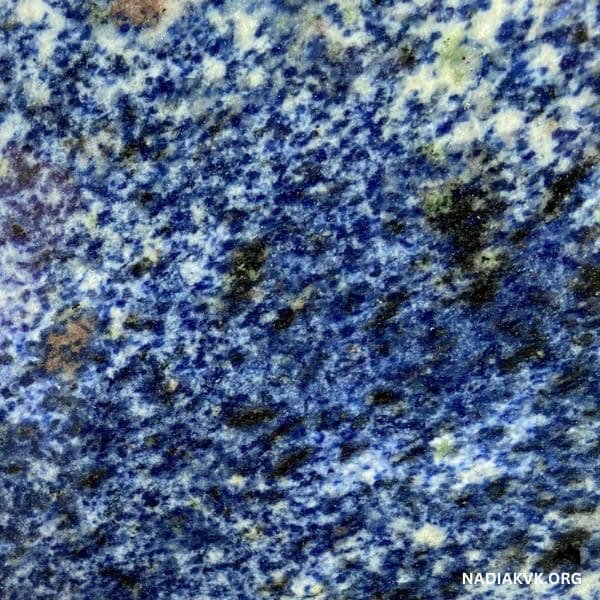Parquet flooring is made from solid wood blocks that resemble wood in appearance. Designers often arrange these blocks in geometric patterns like herringbone or brickwork. Traditional parquet flooring is durable and long-lasting, with a wax finish to protect it from liquid stains.
Artisans create Parquet Flooring through a process called parquet inlaying. This involves fusing wood fragments together or laying parquet-shaped blocks of wood on wet cement, letting the mortar set, and then removing the wood. This entire process is known as parquet inlaying or parquet inlay manufacture.
Originally made from oak, parquet flooring later incorporated other types of wood. The term parquet comes from the French word parquetry which means to repeat a pattern. In English, parquet refers to a set of inlaid wood blocks used for decoration.
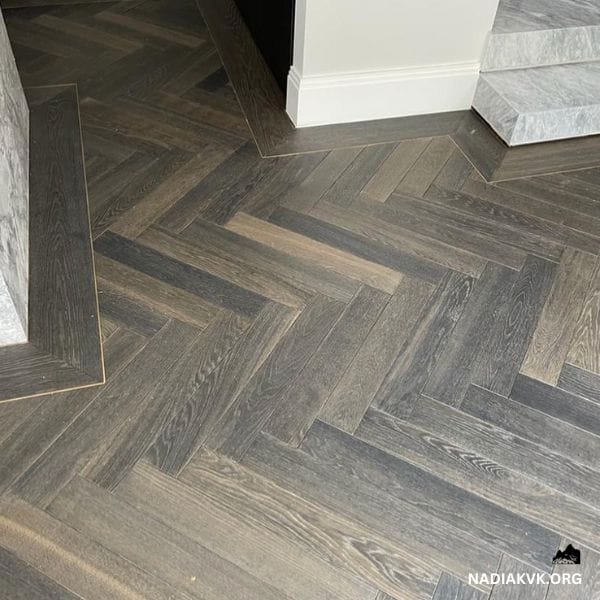
Parquetry dates back to a time when woodworking professionals, cabinet makers used it to showcase their skills, techniques of parquetry are also used in pottery and marquetry.
Detailed Information
Parquet is a type of timber flooring that emerged in the mid-18th century. First mentioned in 1720, it is believed to have originated in France.
Initially, parquet floors were very expensive and only available to the wealthy.
However, during the 19th century, regional varieties like Russian, Persian, and Indian parquet helped lower the cost, making it more affordable and accessible.
Also Oak remains the most popular wood for parquet patterns, but cherry and walnut are also becoming popular choices.
Read More: Granite Countertop Colors
Cost
Having a floor that is hard to maintain can be a pain and is something that should be avoided. Because there are many types of flooring out there and some are easier to maintain than others.
If you are looking for a type of flooring that will be easy to maintain then you might want to consider parquet for flooring. Because this flooring type consists of many pieces of wood glued together and then pressed into a plank shape. It is type of flooring can come in many shapes and sizes. This is an affordable option as well as a durable one and it is also very easy to clean.
The average price varies widely, depending on the type of wood used for the boards. For example, natural oak averages $5 to $45 per square foot, while the cost for the less expensive pine parquet flooring averages $5 to $25 per square foot.
Colors
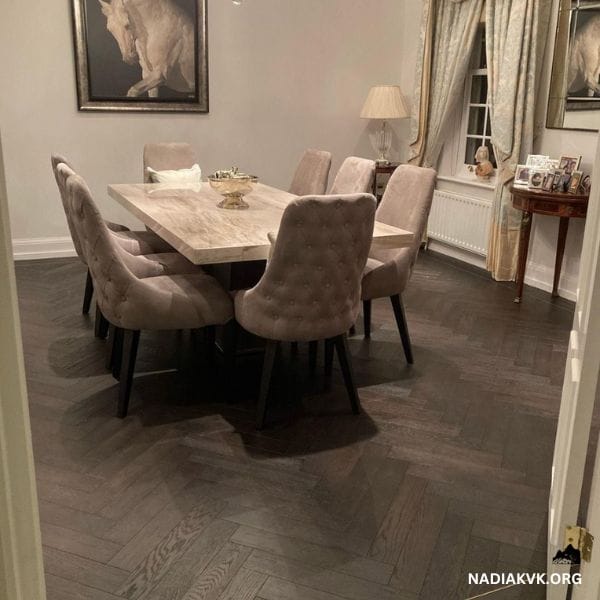
In traditional settings, such as old historic buildings, flooring is often made of oak, walnut, cherry, or maple, and is typically stained in a light brown color.
In more modern setting pine is a popular choice for flooring because it’s affordable and stains lighter than oak. You can stain pine with an off-white or medium brown to add character to the wood.
The color of the flooring can range from natural light blonde to dark brown your choice will depend on the style and decor of the room where it will be installed.
People often use this type of flooring in areas where tiles, Valle Nevado granite, or other flooring options aren’t practical, or where the previous flooring has been damaged. While selecting flooring for your home, there are a few important factors to consider.
See also: Types of Wood
Some of the colors include:
- Natural Light Blonde
- Dark Brown
- Silver
- Chestnut Brown
- Light Walnut
- Dark Walnut
This type of flooring is popular in Europe and the United States because includes materials like wood, natural stone, and concrete. It features wood blocks known as parquets arranged in various patterns such as diamonds, circles, and squares. Also manufacturers can also use other materials like plywood or marble to create this unique flooring style.
Maintenance
A flooring wood parquet needs to be sealed every year. To maintain the floor’s brightness and best-looking appearance, it is also crucial to routinely clean and dust it. Because if you’re not used to doing things on your own, you might need to hire a professional.
To clean the spaces between boards, you can use a damp mop and floor cleanser in a bucket or a wet-dry vacuum with a crevice tool.
It requires more upkeep than other types of flooring because you must clean the boards frequently and seal the floor every year.
Advantages
- Parquet floors are a common material used in homes all over the world because installing Parquet is a way to update the look and feel of your home.
- It is a type of flooring consists of different shapes and patterns of wood. Once the flooring installation is complete, artisans sand the artistically designed patterns smooth and apply a protective coat for finishing.
- Many advantages of this type of flooring is durability also parquet floors are fairly resistant to damage and stains.
- When installing this type of flooring, there is a sealant applied to help extend its durability. Other materials such as carpets are not as durable and may be more at risk of developing wear and tear.
- One of the advantages is that it create a neat, polished, and formal style. Also this type of flooring is an attractive option for homeowners if they want to create a sophisticated and chic atmosphere in their home.
See also: Hydraulic Cement
Disadvantages
- One of the disadvantages is that it is expensive. In order to get the best quality, the wood must be expensive and the installation can also be expensive.
- Many of the disadvantages come from its setup and install process. You need to complete an extensive amount of prep work before installing the flooring.
- Leveling the floor on top of can take hours of time depending on the size.
- Cut and fit the flooring to the appropriate size beforehand and nail it to the flooring. This creates a much more time-consuming and difficult install process than with other flooring like carpet.
- It’s not durable enough for all climates, and it’s susceptible to cracking and buckling.The most important disadvantage of this flooring is the vulnerability of the material. It does not do well with heavy foot traffic.
Installation Processes

Measure the area you want to cover and mark it on the floor before you begin. In order to accommodate trimming, caulking, and other finishing touches, you must allow a 1-2 inch space between the walls and the flooring.
Position the parquet panels on top of a foundation of adhesive before installing the flooring.
Then, cut the plywood to fit the space using the planks as templates. Next, secure the plywood by using a finish nailer on its ends.
Finalize the surface by planing to remove any sharp edges.
Read More: Alaska White Granite
FAQ
You can install parquet in bathrooms but it’s crucial to choose a moisture resistant style and ensure proper sealing of the wood to prevent damage.
It can be survive for many years, and in some circumstances, even a lifetime, with the right upkeep and occasional refinishing.
Based on factors such as foot traffic and wear, people periodically refinish it. Experts often recommend refinishing it every seven to ten years.
If you use a moisture barrier and the right glue, you may install engineered or laminate parquet flooring over a concrete subfloor.
Flooring made of parquet is a sturdy option ideal for families with kids and pets. To avoid scratches, it is suggested that you periodically trim your pet’s nails.


